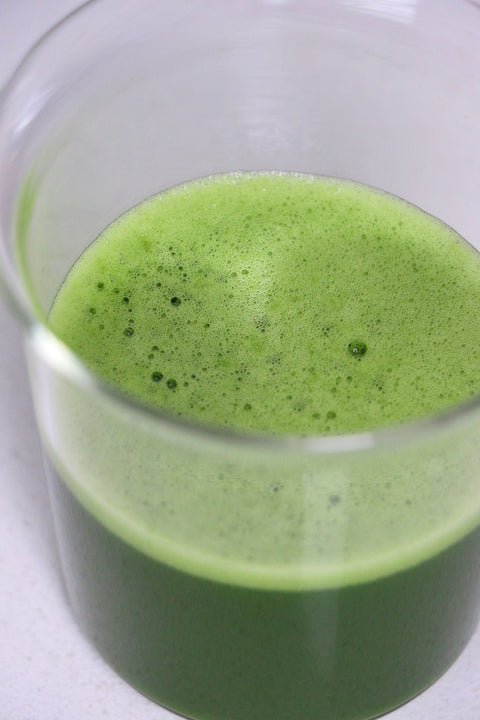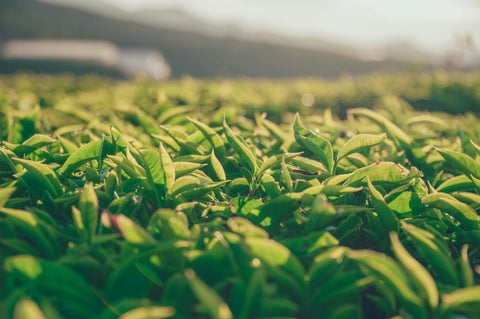
The beverage industry is evolving rapidly, driven by consumer demand for healthier, functional, and sustainable options. Matcha sits perfectly at the intersection of these trends, making it one of the fastest-growing categories in global cafés and retail.
Functional Beverages on the Rise

Consumers are moving away from sugary sodas and artificial energy drinks toward beverages with added health benefits. Matcha provides:
-
Natural caffeine for energy
-
L-theanine for focus and calm
-
Antioxidants for overall wellness (Heckman et al., 2017)
This makes matcha a natural fit for the booming functional beverage market, projected to reach over $200 billion globally by 2030 (Grand View Research, 2022).
Café Culture and Premiumization

Café customers are seeking unique experiences and premium ingredients. Matcha lattes, sparkling matcha, and matcha-based desserts provide both novelty and authenticity. A 2021 report highlighted that premium tea offerings, including matcha, are one of the top drivers of café menu innovation (Mintel, 2021).
Versatility Across Categories

Matcha isn’t limited to hot tea. It appears in:
-
Iced lattes
-
RTD (ready-to-drink) cans and bottles
-
Energy bars and smoothies
-
Alcoholic cocktails
-
Skincare and supplements
This adaptability makes it a cross-category innovator, appealing to multiple consumer segments (Euromonitor, 2020).
Clean Label and Transparency

Modern consumers demand clean-label products with clear sourcing. Matcha’s farm-to-cup story — shade-grown, hand-picked, and stone-ground — makes it an ideal premium product for brands looking to highlight transparency (NielsenIQ, 2022).
From functional energy to premium café experiences, matcha is more than a trend — it’s a long-term driver of beverage innovation. Its ability to meet health, lifestyle, and sustainability needs ensures its place in the next wave of global beverage growth.
Forest Cloud is proud to bring authentic matcha to cafés and consumers across Malaysia, positioning our products at the heart of this innovation.
References
-
Euromonitor International. (2020). Tea in the Global Market Report.
-
Grand View Research. (2022). Functional Beverages Market Size Report, 2022–2030.
-
Heckman, M. A., et al. (2017). Energy drinks: An assessment of their market size, consumer demographics, ingredient profile, functionality, and regulations in the United States. Critical Reviews in Food Science and Nutrition, 50(3), 322–327.
-
Mintel. (2021). Global Food and Drink Trends Report.
-
NielsenIQ. (2022). Transparency in Food and Beverage: Consumer Insights Report.





